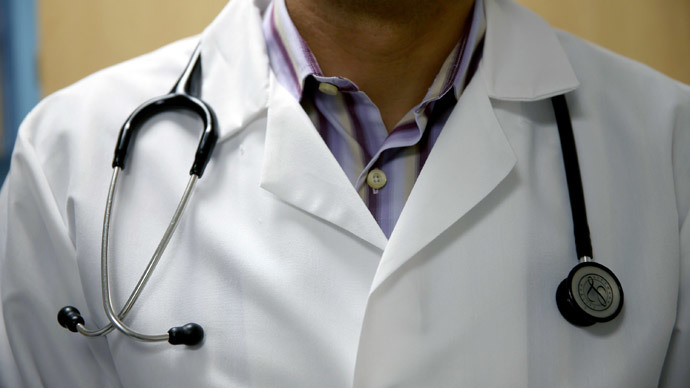Majority of seriously mentally ill youth do not receive treatment – study

A study of over 53,000 American youth between the ages of six to 17 years has found mental health problems have decreased and rates of treatment increased, but that those most seriously ill have failed to get the treatment they needed.
From its data group, Columbia University Medical Center’s psychiatric department found the numbers of severely impaired youth who accessed mental health services grew from 26.2 percent between 1996-2008 to 43.9 percent between 2010-2012. According to the study though, that still leaves 56 percent of the children and youth with mental health problems not receiving help.
“The new findings might help efforts to increase mental health treatment of children and adolescents who are in the greatest need. Many children and adolescents in America are known by their parents to have serious mental health problems but nevertheless they do not receive treatment,” said Dr. Mark Olfson, professor of psychiatry at Columbia University Medical Center and author of the study, in a statement.
READ MORE: Nearly 200 scientists warn of cellphone health risks
Olfson said teachers and pediatricians need to do more to increase parents’ awareness of the effective treatments for ADHD, anxiety disorders, depression and other common psychiatric problems of childhood and adolescence.
Use of outpatient mental health services rose from 9 percent to 13 percent. The rise was greatest among severely troubled kids, where it went from 26 percent to 44 percent.
What the study also discovered was that for those young people with less severe or no impairment, the use of mental health treatment increased from 6.7 percent to 9.6 percent, or from about 2.74 million kids a year to 4.19 million. For the study’s author, this raised concerns.
“A lot of children and adolescents are receiving mental health treatments, particularly medications, that they don't need, especially for conditions such as attention deficit hyperactivity disorder,” Dr. Olfson told the Associated Press.
The study used nationwide surveys conducted by the federal Agency for Healthcare Research and Quality over three periods from 1996 to 2012. It was published this week under the title ‘Trends in mental healthcare among children and adolescents,’ in the New England Journal of Medicine.












